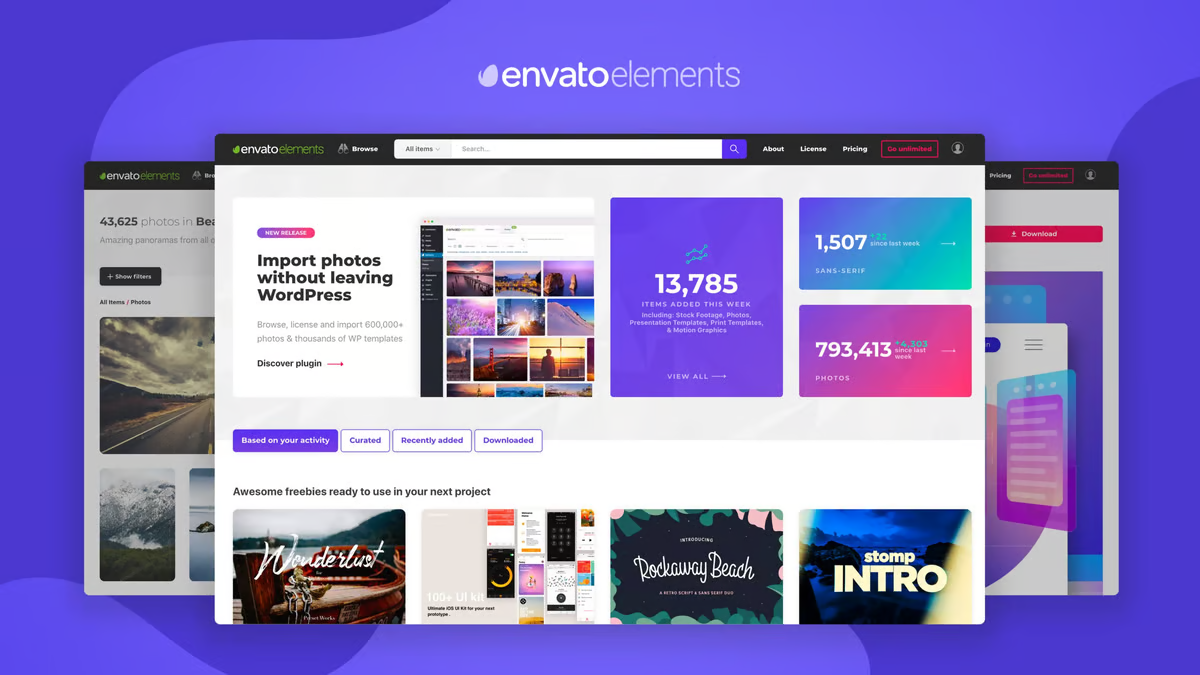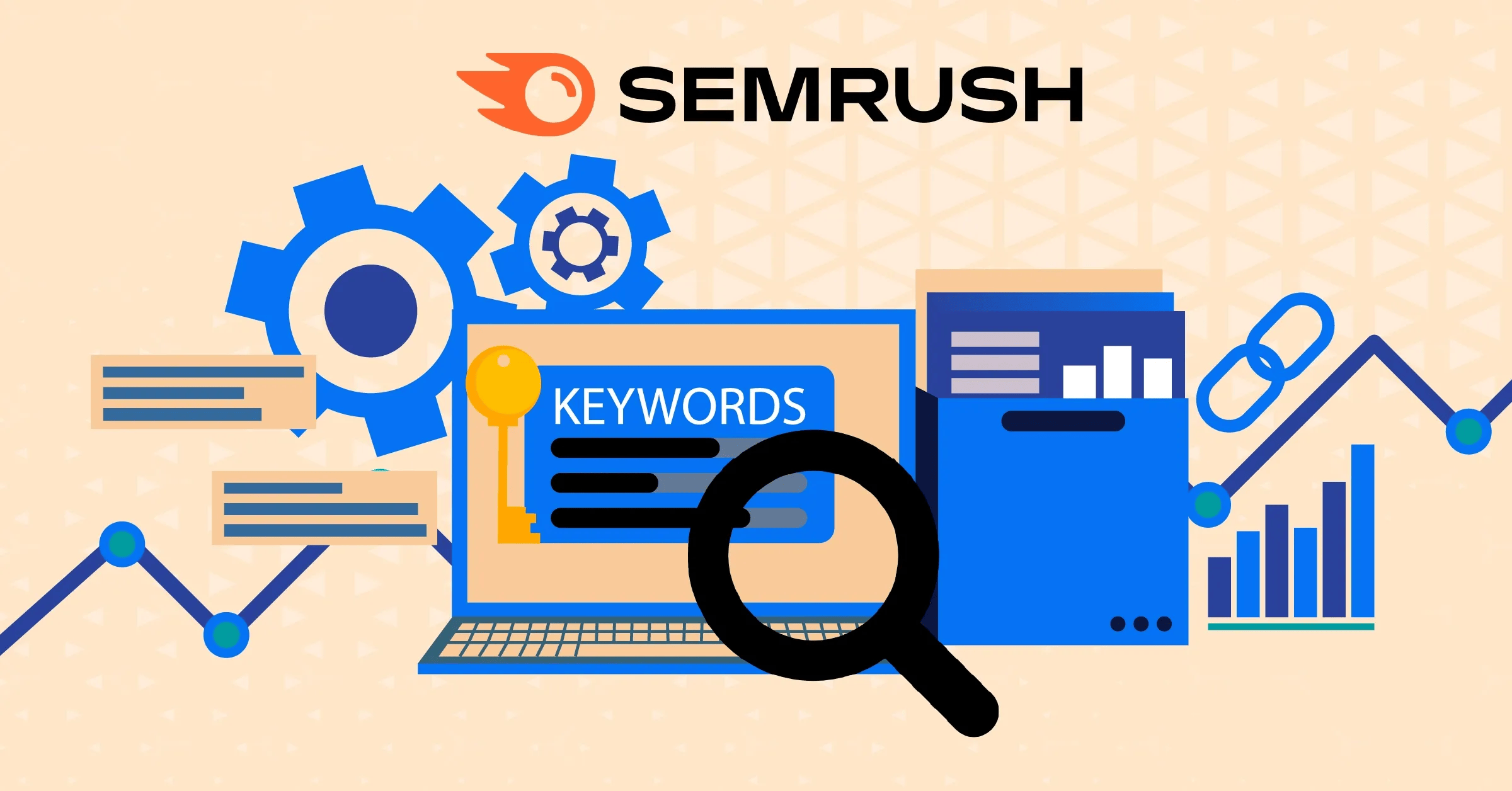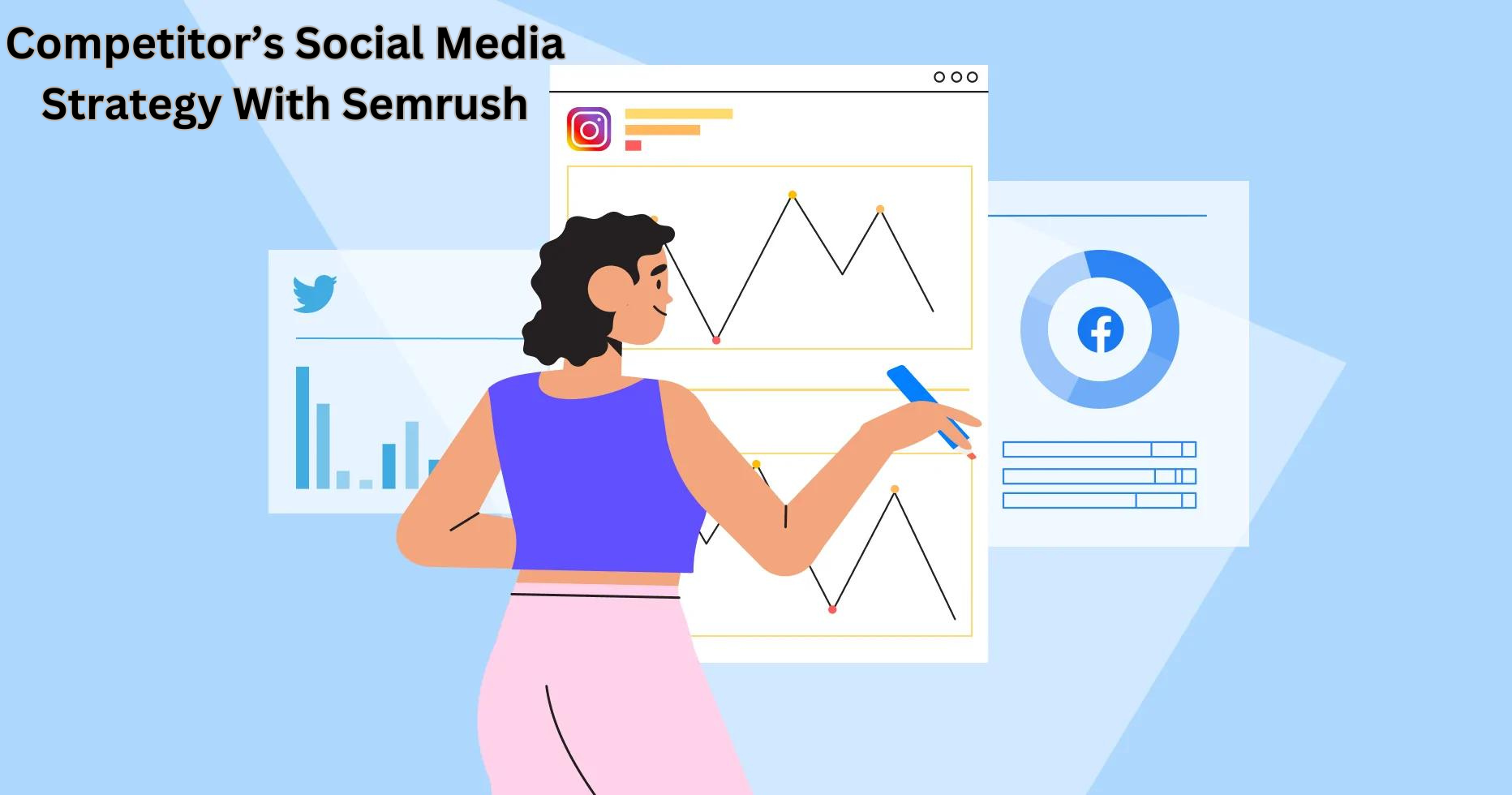The Best High-Speed Fiber Internet Provider In The US
In the United States there are thousands of Internet service providers or "ISPs" However many consumers will be forced to choose between a small number of providers. It is not uncommon for urban areas to have only one cable provider and one DSL provider. In remote places Internet users are frequently limited to DSL satellite or no Internet access at all. As of 2018 25 million Americans lacked access to broadband providers delivering download speeds greater than 25 Mbps. Even when wireless connections such as satellite are included there are still 14 million consumers who lack access to a robust residential Internet service.
Fiber is the highest-quality internet connection available. It is extraordinarily fast reaching peak speeds of 1000–2000 Mbps when connected via fiber-optic cabling. As a result of its reduced latency it is ideal for gaming and videoconferencing. Its features include higher upload speed which makes it ideal for home workers to create content online. Although fiber is not commonly available and costly you can choose it if your area has access to it. Below are all the specifics about fiber plans pricing speeds and technical specifications as well as where to locate them.
What is a fiber internet connection?
Fiber optic internet sometimes known as "fiber internet" or just "fiber" transmits data via tiny cables comprised of glass or plastic fibers. This internet connection enables quicker more dependable download and upload rates than DSL and cable internet networks. As a result fiber optic service is rapidly gaining popularity and availability as a relatively new internet technology.
Although most gigabit internet providers utilize a fiber-optic network not all fiber internet connections are created equal. You may have access to FTTN FTTH or FTTC networks depending on your location.
The advantages of the fiber
- Fastest speed—Fiber internet is the fastest type of internet available. Fiber-optic subscriptions deliver maximum download rates of up to 2000 Mbps (2 Gbps) 20 times faster than the best DSL connections and twice fast as the fastest cable connections. Typically fiber contracts offer speeds of 500–1000 Mbps which is still quite fast. Additionally unlike cable internet fiber internet rarely experiences network slowdowns in peak hours. Even during high usage fiber speeds remain steady.
- Low latency—the fiber is extremely efficient. It is constructed with relatively recent infrastructure which helps minimize the latency that you are experiencing during your connection. Latency is a time delay (in milliseconds) when an internet signal is sent from a computer to a bigger internet network or vice versa. The time starts when you click the "Send" button on an email and move it. For example you fire a weapon in a video game. The low latency of fiber is particularly well-suited for high-performance requirements in online gaming live streaming and during video calls.
- Excellent upload speeds—Fiber speeds are "symmetrical" which means they are the same for uploads and downloads. This is in stark contrast to other internet types such as cable and DSL which offer significantly slower upload rates than download speeds.
- High customer happiness— According to an annual customer satisfaction study internet users with fiber connections have significantly fewer complaints about speed dependability and cost. Consumers of fiber indicated a 3.8 rating in overall satisfaction whereas customers of cable and DSL reported a satisfaction rating of 3.6. Additionally fiber consumers expressed high speed and customer service satisfaction with average ratings of 3.9 and 3.8 in two critical areas.
The disadvantages of fiber
- Fiber is scarce—A primary disadvantage of fiber is its scarcity. As per Federal Communications Commission (FCC) just 40% of Americans living in urban areas have access to fiber internet. 1 Because the FCC's data collection process is not precise; the true figures are significantly lower than available. 2 The fiber internet involves significant investments in fiberglass cabling and other infrastructure which is why numerous internet companies have made little attempt to expand fiber.
- Increased prices— Instead of offering a range of speed and pricing alternatives fiber internet companies typically sell bundles that include only the highest-end speeds. Unfortunately this means that affordable fiber solutions are scarce. However this appears to be changing as more and more fiber internet providers begin to offer high-speed options for less than $70 per month.
- Low competition—Although 40% of the U.S. population has access to fiber internet only 3% of Americans have access to more than one fiber provider in their areas.
The Fiber Internet service providers frequently operate as local monopolies in the markets. Thus if internet consumer desires fiber they will typically have only one alternative. As a result you will have less clout when campaigning for cheaper prices or improved customer service.
Top Fiber Internet Options
1 Cox

Cox a privately held provider that joins a three-way tie in our Best Internet Service Providers of 2021 ranking offers a network primarily comprised of cable and contains some fiber-optic service areas. Service begins at $44.99 per month for 25 Mbps and ends at $119.99 per month for 940 Mbps with a 1.25 TB data cap and quite significant (but transparent) fee increases after the first year. Cox demands a 12-month contract but allows you to avoid paying for a modem rental by purchasing your own.
2 Verizon Internet

Next place in our rankings of the Best Internet Service Providers of 2022 Verizon offers fiber broadband with no contract and no data limit. A year's subscription costs $39.99 per month for 200 Mbps each way and rises to $79.99 per month for near-gigabit speeds. For $15 a month or $299.99 you can rent or buy a Fios gateway but if you only have Fios internet and no TV you can use your own Wi-Fi router.
On the other hand Fios is only available in a handful of Northeastern metro areas. Dial-up upgrades are all that's available outside of the company's service area.
3 AT&T Internet

AT&T is tied for second place in our 2021 ranking of the Best Internet Service Providers and offers fiber with few sacrifices. Its fiber-to-the-home service which starts at $35 per month for 100 Mbps in each direction no longer has data limitations. However its quoted pricing excludes a necessary $10 per month hardware fee an annual price hike and a 12-month contract requirement.
Outside of metropolitan coverage regions AT&T offers a more expensive hybrid-fiber connection with download speeds of no more than 100 megabits per second. It is charged the same hardware fee and has the same contract terms as fiber and all but the fastest hybrid-fiber option come with a 1 terabyte (T.B.) data cap.
4 EarthLink

EarthLink provides DSL and fiber internet services in 36 states reaching around 174.4 million people and approximately 26.5 million with the latter. EarthLink has the most extensive coverage in California Texas and New York; it is the largest residential DSL provider in the United States and the second-largest fiber internet provider. EarthLink is a provider of just internet services and was recently named the "Most Affordable Fiber Internet Nationwide."
5 Google Fiber

After a multi-year pause Google Fiber is resuming its expansion plans. Prices start at $70 a month and go up to $100 per month for 2Gbps service depending on location. No additional fees no data caps and no contracts are required for either option.
Google Fiber's price is in the middle of the pack when it comes to fiber service. With Google Fiber's two-gig plan you'll get high-speed internet at a great price. Those looking for slower more affordable plans will be disappointed by Google Fiber's lack of speed options; however those looking for faster more expensive plans will be pleased by Google Fiber's unmatched performance.
6 Xfinity Internet

Xfinity is first in our ranking of the Best Fiber Internet Service Providers of 2021 and the Best ISP Overall in our rankings. It is offered in 39 states and Washington D.C. and provides eight different plans six of which are cable-based and two of which are fiber-based. Its cable subscriptions cost between $45 and $105.95 and offer download speeds of up to 50 megabits per second (Mbps) and upload speeds of 15 to 20 Mbps.
Regarding its fiber options Xfinity's Gigabit package begins at $110.95 / month and offers download speeds of up to 1200 Mbps and upload rates of 35 Mbps. However the fastest speeds in our evaluation are available through Xfinity's Gigabit Pro package which begins at $299 per month and includes synchronous upload and download rates of up to 2000 Mbps (2 gigabits).
7 Optimum

One of the newer players in the fiber market is Optimum. Flash sales on the other hand are how Optimum gets its name out there. If you're quick you might be able to snag a great deal. It's easy to see why Optimum is a favorite of ours when you consider its low cost sleek equipment and fiber-optic Wi-Fi.
But keep in mind our survey found that Optimum customers aren't the most satisfied internet users. Our Optimum customers may be located in areas where Optimum's cable internet service does not offer the same level of reliability or upload speeds as Optimum's DSL service.
Keep an eye on Optimum's website for savings and then take advantage of those reduced prices if you have Optimum fiber internet in your area.
8 Spectrum

Spectrum is the Best Internet Service Providers of 2021. It has been expanding its network's fiber connectivity but almost all of its residential clients continue to receive service via traditional coaxial cable. Thus while Spectrum's download speeds start at 100 Mbps and increase to 1000 Mbps for $49.99 its upload speeds are significantly slower.
Spectrum's charges like those of the majority of companies climb after the first year. However this provider avoids three other prevalent broadband practices by not imposing a data cap providing a (non-Wi-Fi) modem at the cost of service and not needing a contract.
9 Mediacom

Mediacom serves a wide swath of the Midwest and parts of the South including the Gulf Coast and southern Georgia and portions of eastern North Carolina and the southern Delaware/Maryland border. In total Mediacom serves slightly more than 2% of U.S. people across 22 states.
If Mediacom serves your location you can expect a cable connection capable of gigabit download speeds. Mediacom's network is all cable and 97 percent of customers in Mediacom service areas qualify for speeds up to 1000Mbps.
10 CenturyLink

CenturyLink operates in 36 states but only serves about 16% of the U.S. population meaning that the provider primarily serves rural and suburban areas. However there are a few big cities where CenturyLink is available including Denver Minneapolis Salt Lake City and Seattle; otherwise check for CenturyLink just outside the city.
Suppose you reside in a city served by Century Link. In that case there is a good possibility you will be eligible for fiber service as approximately a quarter of CenturyLink's network is fiber. Although more than 75% of CenturyLink customers will have access to DSL CenturyLink performs an excellent job of providing relatively fast speeds via its DSL network. According to the FCC over 60% of DSL customers can access broadband speeds and more than 27% can access rates of 100Mbps or greater.
11 Kinetic by Windstream

Windstream's internet service Kinetic is another champion of rural communities. It is offered in 18 states but only serves 2% of the U.S. population. If you live in a rural or suburban part of the South or Midwest Kinetic internet may be available in your area; nevertheless Kinetic coverage extends as far west as New Mexico. Iowa Georgia Kentucky and Texas have the highest availability of Kinetic internet. Still sections of Arkansas New York North Carolina Ohio and Pennsylvania among other states may also have Kinetic internet.
If Kinetic internet is accessible in your area it is almost certainly via DSL as fiber accounts for a little over a quarter of the Kinetic network. While DSL is normally slower than cable or fiber Kinetic DSL can deliver speeds of up to 25Mbps in an amazing 85 percent of coverage regions. In addition around 64% will have access to rates of 100Mbps or greater while nearly 8% will have access to speeds of 250Mbps or greater. That is the quickest DSL service available from any provider.
12 Frontier

Frontier provides fiber optic access over portions of its service region in several southern and western states where it acquired Verizon's Fios operation. Frontier's fiber speeds begin at 50 Mbps per direction and increase to 940 Mbps down and 880 Mbps up with prices starting at $29.99 and no data limitations or contracts necessary. As with Verizon performance outside of fiber zones can be significantly slower and in some cases as good as dial-up.
13 Suddenlink

Altice USA the same business that owns Optimum is the Best Internet Service Providers in 2021. Optimum's network comprises cable with some fiber components as evidenced by upload speeds (2 to 50 Mbps) that fall short of download rates (20 to 940 Mbps). Prices range from $20 to $75 per month with no contract required; slower options include data caps of up to 250 GB. In addition Suddenlink charges $10 per month for a modem but allows customers to purchase their own.
How do internet consumers feel about fiber-optic internet?
As per the recent customer satisfaction survey, most customers prefer the fiber-optic internet to alternative connection options. EarthLink, AT&T, and Verizon are all fiber internet providers, according to our poll. In addition, they took the top three rankings for overall satisfaction and performed well in other critical categories such as internet speed, price, and reliability.
Additionally, all these carriers offer DSL internet. However, when the numbers are revealed by the DSL, cable, and fiber consumers, it is evident that the fiber users are extremely satisfied. CenturyLink and AT&T's fiber consumers offered significantly higher scores than the carriers' DSL customers, while Optimum's fiber services received higher ratings than its cable offerings. However, customer satisfaction was lower in the study, indicating that individuals were disappointed with their internet service after the arduous COVID-19 lockout. However, fiber services were placed first in every category in our survey. In addition, due to the fiber's symmetrical speeds and efficient fiber-optic infrastructure, the fiber internet consumers were spared the congestion, repeated slowdowns, and buffering issues that plague other internet types.
Availability of fiber internet in your location
If you're looking for "is there fiber internet near me," your search is over, the fiber optic technology is still in its infancy, and most providers are actively attempting to expand their fiber networks. Residential fiber wifi connections are currently available in select places from providers such as AT&T, Century Link, Cox, Frontier, Mediacom, Suddenlink, Verizon, and Kinetic by Windstream. The following are some regions where fiber internet may be accessible.
You may be wondering, "Is there fiber internet near me?" No longer in awe. Fiber optic technology is still in its infancy, and most providers are actively attempting to expand their fiber networks. Residential fiber wifi connections are currently available in select places from providers such as AT&T, Century Link, Cox, Frontier, Mediacom, Suddenlink, Verizon, and Kinetic by Windstream. The following are some regions where fiber internet may be accessible.
How Does Fiber Internet Compare to Other Internet Technologies?
● Fiber internet vs. DSL internet
Digital Subscriber Line (or DSL) internet, like fiber optic internet, is a broadband connection. DSL, on the other hand, sends data using existing telephone lines rather than fiber-optic connections. As a result, the speed may be governed by your proximity to the nearest phone provider facility.
● Fiber internet vs. wireless internet
Wireless broadband connects you to the internet using a radio link rather than a physical wire. Contrary to fiber internet, which is significantly less prevalent in rural regions, it is regularly used in rural areas.
● Fiber internet vs. satellite internet
Satellite internet establishes an online connection using signals from a satellite orbiting in space. Unfortunately, the intensity of your signal is directly linked to the weather. Additionally, both download and upload speeds are extremely slower than that available with the fiber.
● Fiber internet vs. cable modem internet
Another internet option is a cable modem connection, which utilizes your existing cable line and offers comparable speeds to DSL, but not quite as fast as fiber internet.
Frequently Asked Questions About Fiber Internet
Google Fiber - What is it?
Google Fiber is an internet service provider (ISP) that offers fiber-optic internet in 18 cities around the United States. The ISP offers residential consumers internet speeds of up to 1,000 Mbps (1 Gbps) and commercial internet options. None of its residential internet options include contracts or usage limitations, and installation is complimentary. In select regions, Google Fiber also offers fiber T.V. and home phone services.
AT&T Fiber: What Is It?
AT&T Fiber Internet delivers download speeds of up to 1,000 Mbps (1 Gbps). AT&T offers two types of internet service: DSL and fiber. The fiber internet service provided by the internet provider is quicker and more dependable. It is not as generally available as the DSL, but we recommend it if your area has access to it.
You can club your AT&T internet plan with television and home phone service. Additionally, the organization provides mobile services.
What is the price of Google Fiber?
The Google Fiber internet services begin at $70 per month with a speed of 1,000 megabits per second (Mbps) and go to $100 per month for 2,000 megabits per second (Mbps).
What is the gigabit internet, and how does it work?
A gigabit internet connection can transmit around one gigabit of data per second (1 Gbps or 1,000 Mbps). A bit represents a single piece of the internet data, while the gigabit represents one million bits.
Is the fiber internet the same as the gigabit internet?
While several fiber-optic internet providers offer gigabit speeds, fiber internet, and gigabit internet, the term "fiber" indicates the type of internet connection, whereas "gigabit" indicates the data transfer rate. Gigabit internet is achievable without fiber—for example, several cable internet providers now offer gigabit internet speeds. Additionally, several fiber-optic internet service providers are offering slower-speed packages.
However, even if it does not provide gigabit rates, fiber internet remains the greatest option for high upload speeds, low network congestion, and low latency.
How can I obtain fiber-optic internet access?
If your area has access to the fiber Internet, you can sign up for it. However, connecting to fiber will be challenging unless you live in an area that provides fiber internet service. Additionally, suppose you are close enough to a fiber service region. In that case, you can persuade your local provider to construct a line to your home, which will likely cost you thousands of dollars.
Are you unsure whether or not you reside in a fiber-optic area? Just enter your zip code in our tool. It will help you to find fiber internet providers in your area.
Why is my area's internet connection so slow?
There are a variety of possible causes of slow internet speeds, but if the internet in your area – not just your home – is slow, it's most likely due to technology. Satellite and DSL internet, prevalent in rural areas, are slower than most other connection types, typically topping out at 25 to 100Mbps.
If you have cable or fiber internet and your connection is regularly slow, it could be due to wifi, which drastically reduces your actual speeds. Resetting your router or replacing it with a new one may enhance your wifi speeds. Additionally, you may wish to consider upgrading your plan to a higher speed if one is available.
Final Words
The United States is not the cheapest area to connect and access online. However, keep in mind that you may face restricted access (or no access at all) to specific websites, monitoring, and limited freedom of online speech in other nations.
And, hey, there are a few things you can do to save a few bucks here and there on your internet subscription. Therefore, do not be put off by the hefty cost of being a U.S. netizen. Instead, change that scowl into a slightly smiling emoji and make use of the internet's connections, friendships, and information.





